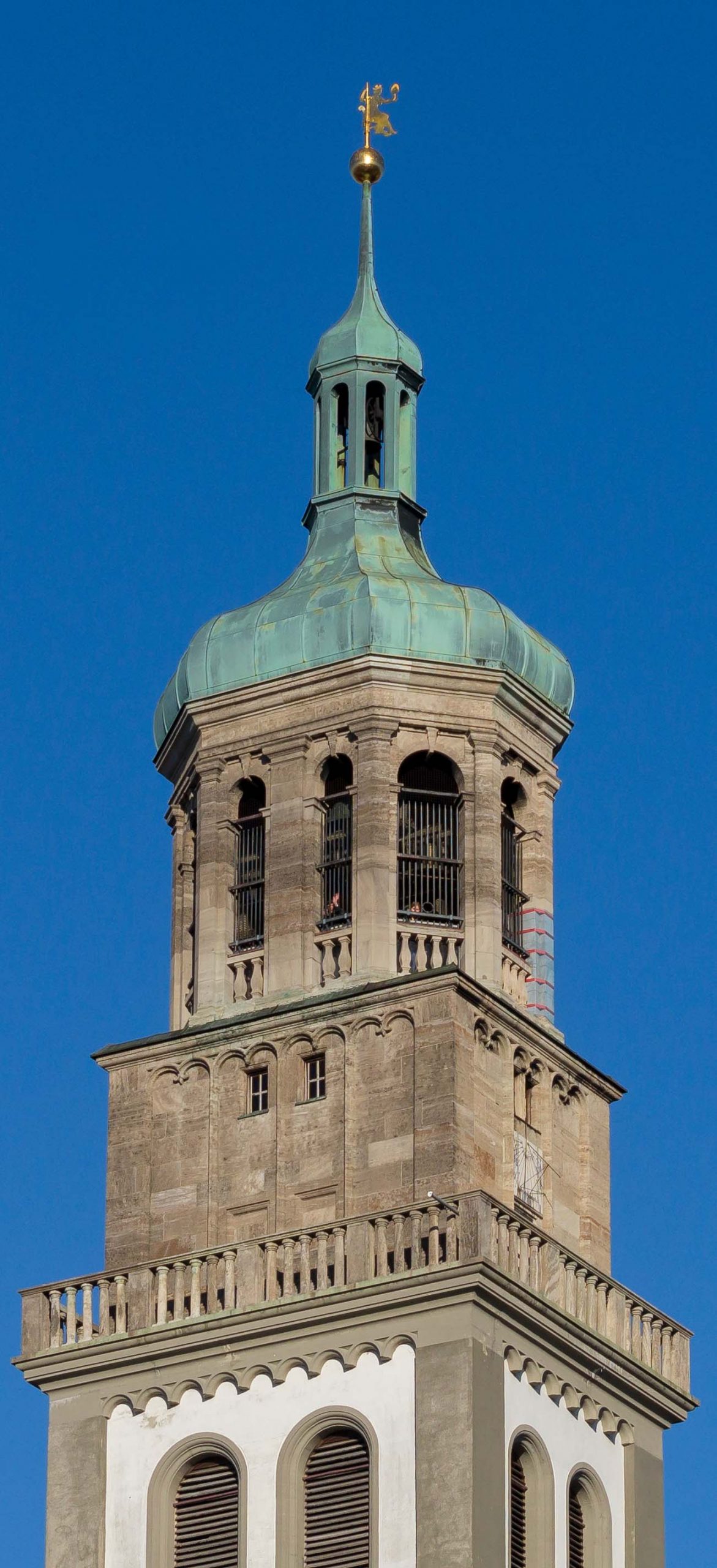

Legend of CISA
Supposedly CISA was the city goddess of Augsburg and the goddess is mentioned in several medieval sources (12th-14th century). In marginal notes of the Excerptum ex Gallica Historia (c. 1135) from Ursberg Abbey, there is a detailed account of the unsuccessful Roman siege of the city of Cisaris, later Augsburg, built by Swabian tribes between the Lech and Wertach rivers. According to this, the city was named after a sanctuary of the goddess CISA.
According to the sources, the goddess had a wooden temple in barbarian style and had her own feast day, ‘dies Cize‘, which was celebrated with games and merrymaking, on the 59th day after August 1st, i.e. September 28th.
The text from the 12th century proves to be a diffuse compilation with a clear focus on the imaginative interpretation of no longer understood, probably pre-Alemannic local names, which is not unusual for saga research. Only the goddess CISA remained in the discussion, certainly because Jacob Grimm explicitly emphasised the “value of the strange tradition” in his German Mythology.
CISA can be described as a goddess who remained faithful to the city of Augsburg. Her sanctuary is said to have had its place on the site of the city tower, the Perlach, which was later built there. She was highly revered here long before the Christian era by the Celtic-Vindelic people as the patroness of grain growing and planting and as the goddess of fertility. The great Roman invasion of the northern Alpine foothills during the reign of Emperor Augustus, however, brought bloody battles to the Vindelicans, to which they are said to have succumbed most recently in 15 BC in defence of the temple of CISA.
When the city’s master builder Elias Holl had completed the reconstruction of the Perlach Tower, he also put “the sitting figurine” up there on August 20th, 1615. Whether it had already been used as a crowning tower and town symbol can only be assumed…
High above the Perlach Tower, a golden weathervane depicting the CISA still rotates in the wind. The seated figure is five feet high, its head adorns the crown of the wall, with one hand it holds on to the pole of the spire, in the hand of the outstretched other arm it carries the pine cone of the city coat of arms. During the terrible night of war on February 25th, 1944, the Perlach Tower also burnt out and the octagonal tower lantern collapsed. CISA fell down with it, but fortunately got caught on the stone railing of the tower crown and was thus able to escape destruction.
In the meantime, the Perlach Tower has been rebuilt. As before, CISA is enthroned high above and holds the pine cone protectively over the city.
Regardless of historical evidence, the legend was worth it to us to develop an award that is both appropriate to the city of Augsburg and outstanding in the world of theatre: the Golden CISA.
—————————————————————————————————
Literature / individual references
Küchlin: Herkomen der stat zu Augspurg, ed. Ferdinand Frensdorff. In: Die Chroniken der deutschen Städte Band 4. Leipzig 1865, S. 343–356, hier S. 347
Christian August Vulpius: Mythologie der deutschen, verwandten, benachbarten und nordischen Völker; Lemma Ciza
Jacob Grimm: Deutsche Mythologie (1835). (Lizenzausgabe 1992: ISBN 3-922383-68-8)
Wolfgang Golther: Handbuch der Germanischen Mythologie
R. Kohl: Die Augsburger Cisa – eine germanische Göttin? In: Archiv für Religionswissenschaft 33 (1936), S. 21–40.
Rudolf Simek: Lexikon der germanischen Mythologie (= Kröners Taschenausgabe. Band 368). 3., völlig überarbeitete Auflage. Kröner, Stuttgart 2006, ISBN 3-520-36803-X, S. 67
Kießling, Hermann: Augsburg und sein Rathaus 1985. Augsburg 1985
Winkler, Gerd: Turmichele. Geschichte und Geschichten einer liebenswerten Augsburger Besonderheit. Augsburg 2006